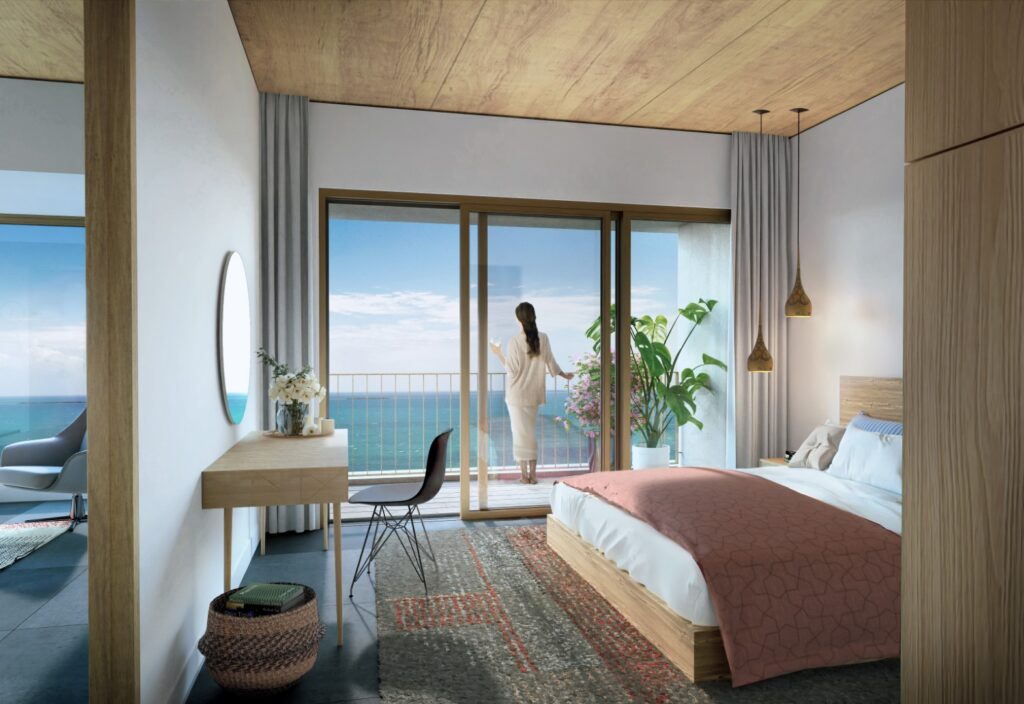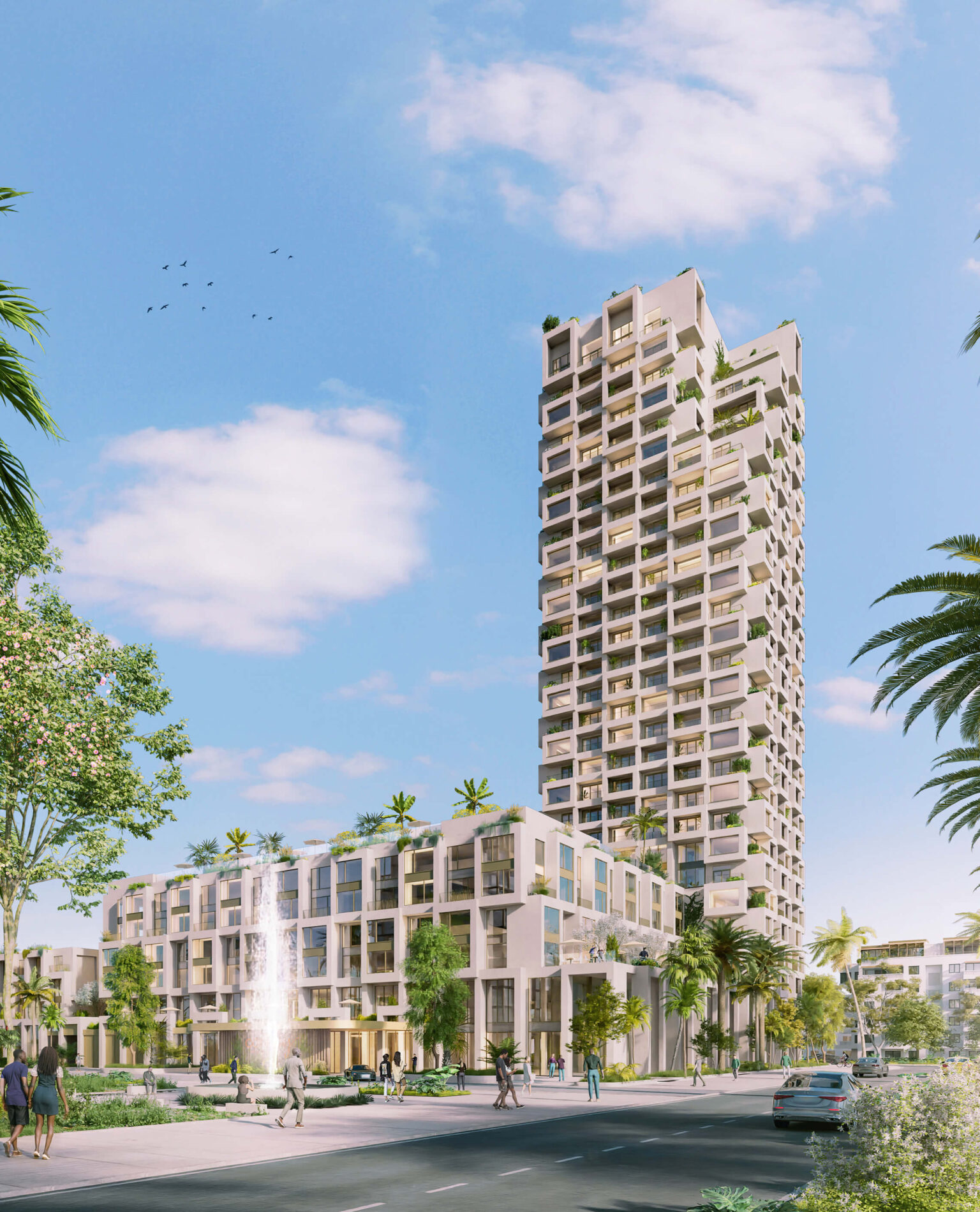At a Glance
- Burj Zanzibar to be world’s tallest timber tower at 96 meters, eclipsing Milwaukee’s Ascent.
- Sustainable timber tech cuts CO₂ footprint, targeting EDGE Advanced green building certification.
- Luxury eco-tower boosts Zanzibar tourism, backed by booming agroforestry and global investors.
Zanzibar is set to make global headlines with the Burj Zanzibar, poised to be the world’s tallest timber high-rise. At 28 stories and 96 meters tall, this eco-conscious skyscraper will eclipse Milwaukee’s 25-story, 86.6-meter Ascent Tower—the current tallest timber hybrid building worldwide.
This landmark project marks a significant leap in sustainable architecture and green urban development in Africa.
Sustainability meets design innovation
Developed by Germany-based engineering firm CPS, the Burj Zanzibar integrates cutting-edge hybrid timber technology.
The building will use approximately 4,000 cubic meters of sustainably sourced timber, including cross-laminated timber (CLT) and glulam, reinforced by a steel-concrete core for enhanced structural strength.
This approach dramatically reduces the carbon footprint compared to conventional concrete construction, which is responsible for nearly 25 percent of global CO₂ emissions.
“Hybrid timber represents the future of sustainable construction,” said Sebastian Dietzold, CEO of CPS. “Burj Zanzibar will be a global benchmark showcasing how eco-friendly materials can scale to high-rise buildings.”
Targeting EDGE Advanced certification, the project is currently in the schematic design phase, with groundbreaking expected in late 2025. The first phase includes mock-up hotel and apartment units set for early 2026.

Tourism and timber: Driving economic growth
Strategically located in Fumba Town—Zanzibar’s pioneering eco-city—Burj Zanzibar promises 360-degree panoramic views of the Indian Ocean and a luxurious lifestyle with 266 residences, from studios to penthouses, all featuring green roof gardens, lush planted balconies, and 5-star amenities.
The design, inspired by the intricate geometry of a beehive, promises panoramic Indian Ocean views, blending local culture with modern urban living.

Zanzibar’s tourism sector, buoyed by turquoise seas, white sandy beaches, and UNESCO-listed Stone Town, has experienced a robust 15 percent annual growth recently, fueling a 6.8 percent economic uptick.
The tower is expected to catalyze further growth by attracting investment and enhancing Zanzibar’s status as a sustainable travel destination.
Additionally, the project supports Tanzania’s vast agroforestry resources, with timber supply bolstered by forest plantations near Iringa spanning an area twice the size of New York City.
This collaboration, involving experts from Europe, Africa, and the U.S., underscores a global commitment to eco-friendly urban development and Africa’s growing role in sustainable architecture.





